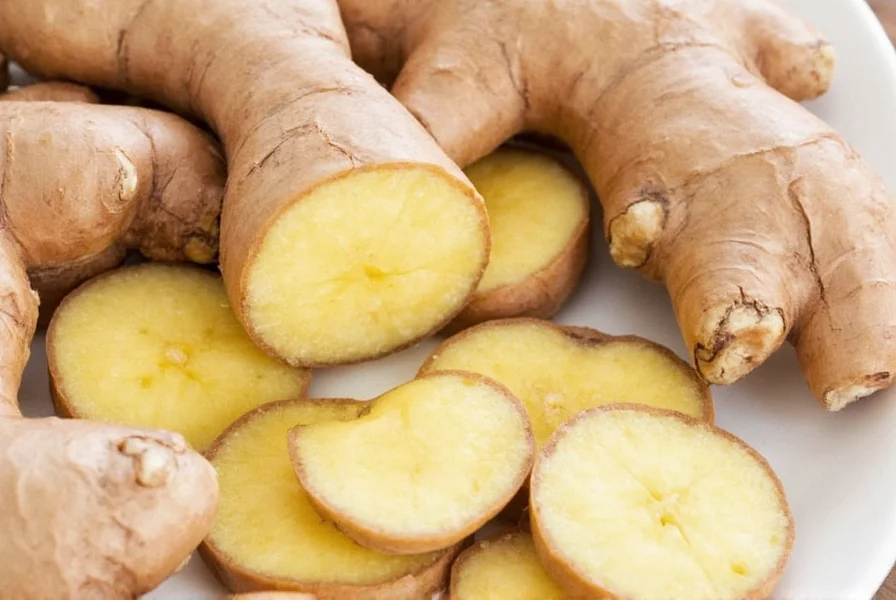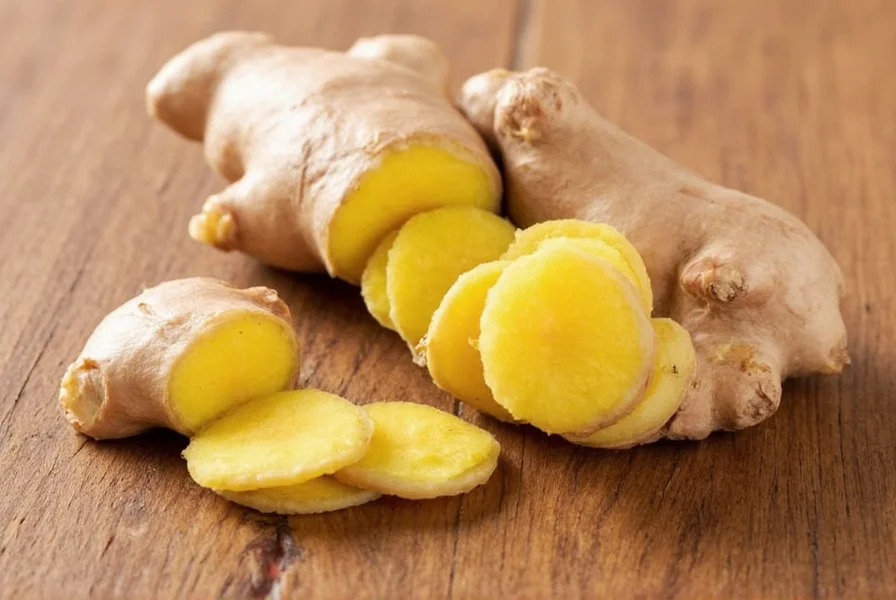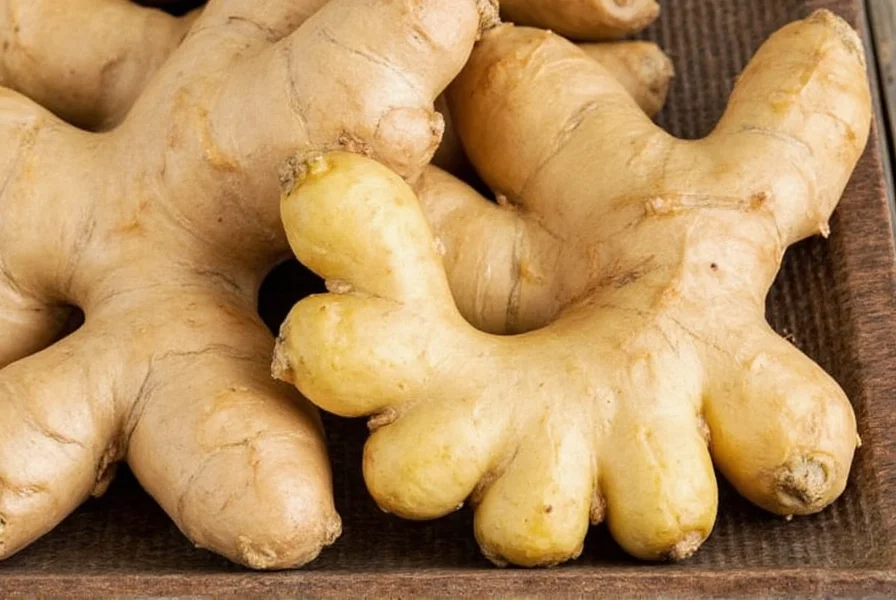Proper ginger root storage preserves its pungent flavor and fibrous texture while preventing mold and spoilage. Whether you've bought a large quantity at the market or received a ginger plant harvest, understanding the science behind ginger preservation helps maximize shelf life and minimize food waste. This guide provides evidence-based methods tested through culinary experience and food science principles.
Why Ginger Spoils Quickly
Ginger root contains high moisture content (approximately 80%) and natural sugars that create an ideal environment for mold and bacterial growth. The rhizome's thin skin offers minimal protection once harvested, making proper storage essential. Temperature fluctuations and excess humidity accelerate deterioration, causing ginger to develop soft spots, gray mold, or that characteristic 'off' smell of spoilage.
Refrigeration Methods for Short-Term Storage
Refrigeration slows enzymatic activity and microbial growth, extending ginger's freshness. For optimal results:
- Leave ginger unpeeled to preserve natural protective layers
- Wrap in paper towel to absorb surface moisture
- Place in airtight container or resealable bag with minimal air
- Store in vegetable crisper drawer at 32-40°F (0-4°C)
This method keeps ginger fresh for 3-4 weeks. Check weekly and replace paper towel if damp. Avoid washing ginger before storage as excess water promotes mold growth—a common mistake when storing fresh ginger root long term.
| Storage Method | Shelf Life | Preparation Required | Best For |
|---|---|---|---|
| Refrigerator (whole) | 3-4 weeks | Wrap in paper towel | Regular cooking use |
| Refrigerator (peeled) | 1-2 weeks | Submerge in sherry vinegar | Immediate use recipes |
| Freezer (whole) | 6 months | Place in freezer bag | Long-term preservation |
| Freezer (grated) | 6 months | Freeze in ice cube trays | Smoothies and sauces |
Freezing Techniques for Long-Term Preservation
Freezing ginger root maintains flavor compounds better than other preservation methods. Two effective approaches:
- Whole root freezing: Place unpeeled ginger in freezer bags with air removed. Freeze solid, then grate directly from frozen when needed—no thawing required. This method preserves texture for stir-fries and roasts.
- Pre-grated freezing: Peel and grate ginger, then portion into ice cube trays covered with water or citrus juice. Once frozen, transfer cubes to labeled bags. Ideal for baking, marinades, and beverages where texture matters less.
Many home cooks wonder how to keep ginger from molding during storage—freezing eliminates this concern entirely as microbial growth stops below 0°F (-18°C). Frozen ginger retains 95% of its volatile oils compared to fresh, according to agricultural food science studies.

Alternative Storage Solutions
When refrigeration isn't available, these methods work for limited periods:
- Water storage: Submerge ginger in cold water in a sealed container, changing water daily. Lasts 1-2 weeks but causes slight flavor dilution.
- Sand storage: Bury ginger in dry sand within a cool, dark container. Mimics natural growing conditions for 2-3 weeks.
- Vinegar preservation: Peel and store in rice vinegar for 2 weeks—adds tangy flavor suitable for Asian dishes.
Identifying Spoiled Ginger
Recognize these signs that ginger has passed its prime:
- Mold growth (white, green, or gray fuzzy patches)
- Soft, mushy texture when pressed
- Darker color or visible wrinkles
- Sour or fermented smell
- Grayish discoloration inside when cut
Slightly dried ginger with tightened skin remains usable—simply peel the outer layer. However, discard any ginger with mold penetration or unpleasant odor. Never attempt to cut away moldy sections as microscopic filaments likely permeate the entire root.
Reviving Slightly Dried Ginger
Ginger that's become firm but not moldy can often be revived:
- Peel outer layer to remove dried skin
- Soak in cold water for 1-2 hours
- Pat dry before use
- Use immediately in cooked dishes
This technique works best for ginger stored at room temperature that has begun to dehydrate. Refrigerated ginger rarely needs reviving if stored properly using the proper storage for ginger root in refrigerator techniques described earlier.
Common Storage Mistakes to Avoid
Prevent premature spoilage by avoiding these frequent errors:
- Storing near ethylene-producing fruits like apples or bananas
- Keeping in original mesh produce bags that trap moisture
- Washing before refrigeration (adds excess moisture)
- Storing peeled ginger uncovered in the refrigerator
- Using containers that aren't truly airtight
Understanding these pitfalls helps maintain ginger quality longer. The ideal environment balances moisture control with adequate airflow—a delicate equilibrium many home cooks struggle to achieve when first learning how to store fresh ginger root long term.

Maximizing Ginger Shelf Life: Key Takeaways
Successful ginger storage combines moisture management with temperature control. For most home kitchens, refrigeration with paper towel absorption provides the best balance of convenience and longevity. When planning extended storage, freezing preserves flavor compounds most effectively. Always inspect ginger before use, and remember that proper storage begins the moment you bring it home from the market—don't leave ginger sitting on the counter for days before deciding how to store it.











 浙公网安备
33010002000092号
浙公网安备
33010002000092号 浙B2-20120091-4
浙B2-20120091-4